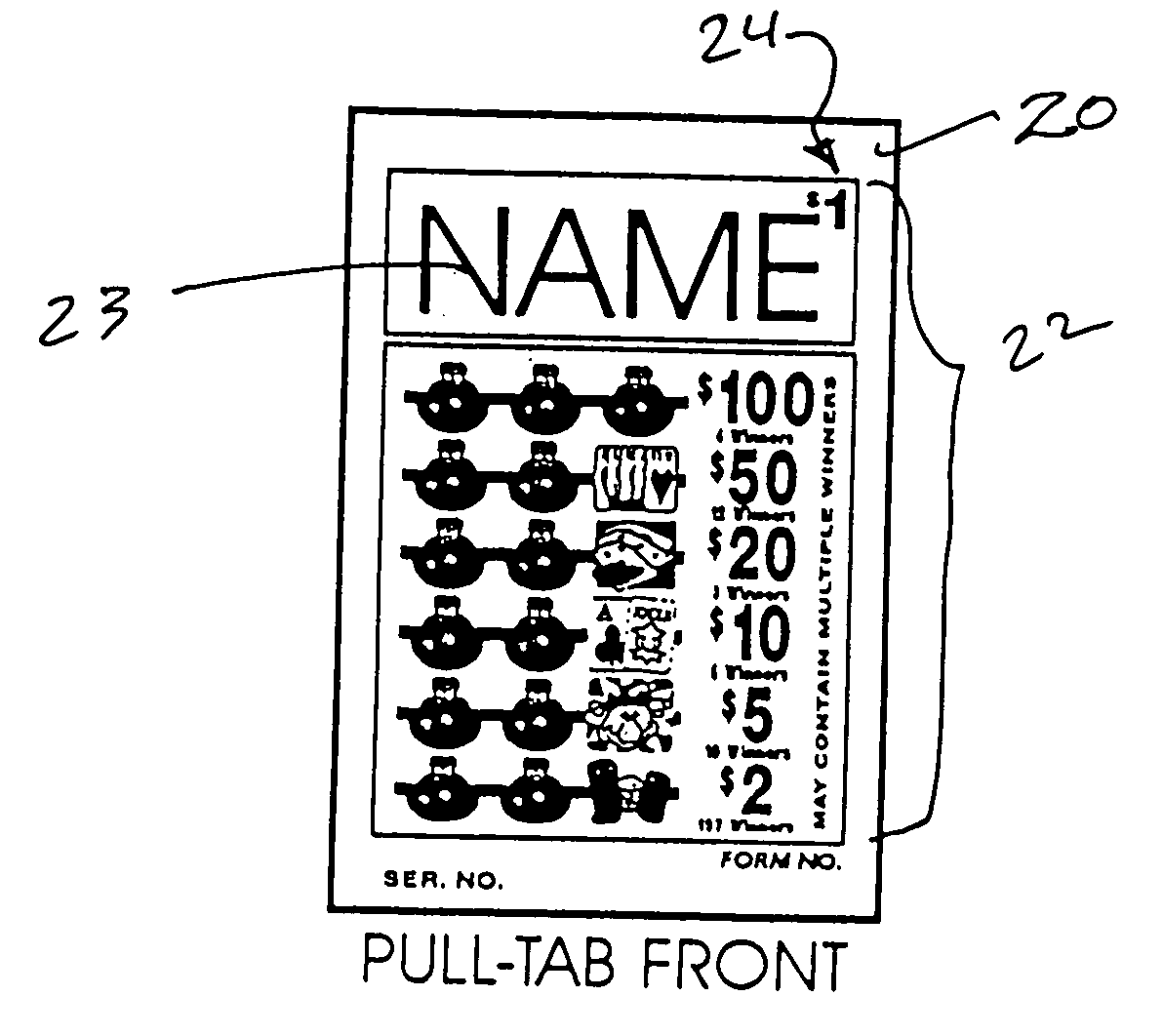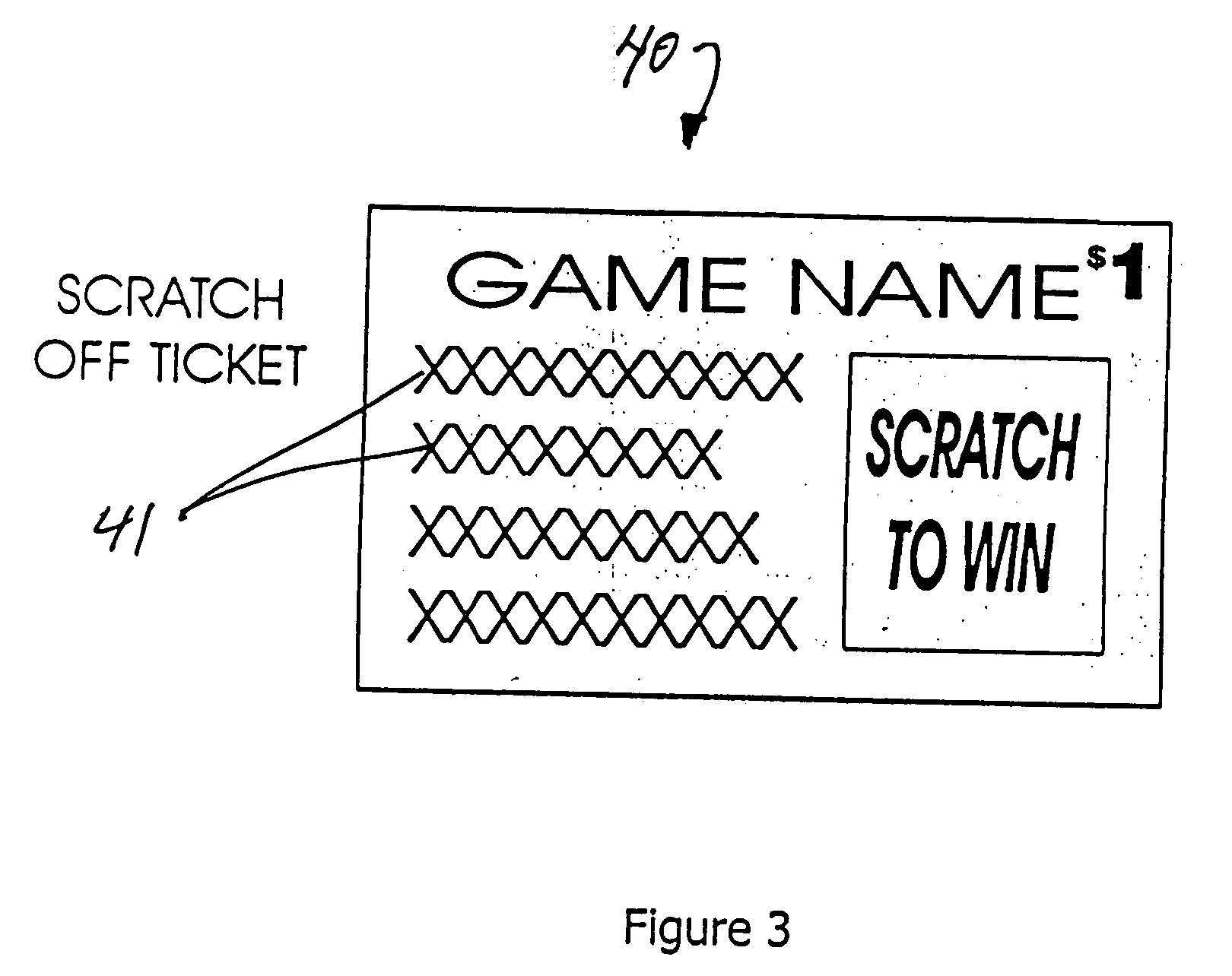Much of the money or other costs spent on advertising include advertising developmental costs, advertising production costs and advertising
dissemination costs.
Advertising developmental costs are those associated with developing advertising materials.
Advertising developmental costs may include internal costs incurred within the organization seeking to advertise (advertiser).
Advertising production costs are those costs associated with printing advertising materials or producing broadcasted advertising messages.
Either form of advertising is usually presented to the public in a fashion which increases costs incurred by the advertiser due to
dissemination of the advertising message to a large number of people or organizations that have no interest in the goods or services being offered in the advertising message.
Examples of advertising dissemination costs include costs for having magazines, newspapers, or billboards present the printed message.
All of these forms of advertising dissemination are costly, and there are only limited ways of directing the advertising to a targeted audience that is actually interested in spending money on the advertiser's goods and or services.
This increases the advertiser's costs since advertisers must use advertising that is presented, sent or broadcast to many people and businesses in a hope that some are interested.
However, most people or businesses receiving the advertising message are not interested and the costs associated with dissemination of the message to these disinterested audience members is effectively a waste of the advertiser's resources.
Currently an advertiser is relatively limited in its ability to target or tailor advertising to a specific interested audience.
Needless to say, this approach is very limited in its ability to target an audience that is actually interested in
purchasing the advertiser's goods or services.
Thus, the typical advertiser is spending considerably more on advertising costs due to the diffuse nature of most
modes of advertising.
Another problem associated with advertising by some or all organizations is the need to have an advertising vehicle and associated methods that allow more flexibility to tailor advertising costs dependent upon the size and nature of the advertiser.
For example, many businesses cannot afford broadcast,
magazine or newspaper advertising because the circulation is effectively predetermined by the circulation or listening audience size previously developed by the advertising dissemination organization.
An organization that has only local or regional
consumer appeal cannot in many cases justify the high costs of using such publications.
However, this approach is still very limited because of production costs and similar considerations of producing different editions of the publications.
Again, this approach is restricted by the
broadcasting organization's ability to limit dissemination to selected areas or groups dependent upon the type of audience they have developed and the ability to present different broadcast editions.
Nationwide television broadcast advertising is very expensive and the next level down is to purchase regional
broadcasting (where available) or
station-by-
station advertising by selected local broadcasters.
Local
broadcasting is however more costly to setup and coordinate for the given broadcast audience
population.
For example; an organization that wants to approach certain audiences may be forced to chose between nationwide advertising where such nationwide advertising is not economically justified on the basis of the number of interested potential consumers.
The other option of using plural local broadcasters may not address the proper audiences cost effectively.
In the past many advertisers have been forced to choose between limited options which are either too costly or too limited in circulation or audience size.
Another common limitation or fault with most or all prior forms of advertising is that the recipient of the advertising message of a particular advertiser is usually bundled with a large number of other messages from other advertisers.
In some cases the number of different advertising messages are so numerous that the recipient easily is tired of the hunt for an interesting message applicable to the recipient.
Thus, the volume of messages concurrently presented to the recipient work to reduce the effectiveness associated with any particular message from a particular advertiser.
This demonstrates that the circulation
exposure being paid for by the advertiser is diluted, and the effectiveness of the message is diminished compared to the high costs being paid.
The above problems compound upon themselves, particularly when circulation audience size and absence of effective targeted publications or broadcasters do not exist for an advertiser interested in
purchasing advertising.
Thus, there are often potential advertisers that cannot find an effective and efficient manner of advertising which justifies the use of their limited advertising budgets.
Despite the billions of dollars spent on advertising each year, these problems have not heretofore been adequately addressed.
The
end user cannot see the symbol set or sets provided on the chance
ticket because of the folded configuration.
In some jurisdictions they cannot be sold.
If the entire set is not sold, then the profit will typically diminish.
However, the pull-tabs, scratch-offs or soft folded tickets are not sold, but distributed “free” to the general public.
 Login to View More
Login to View More  Login to View More
Login to View More 


